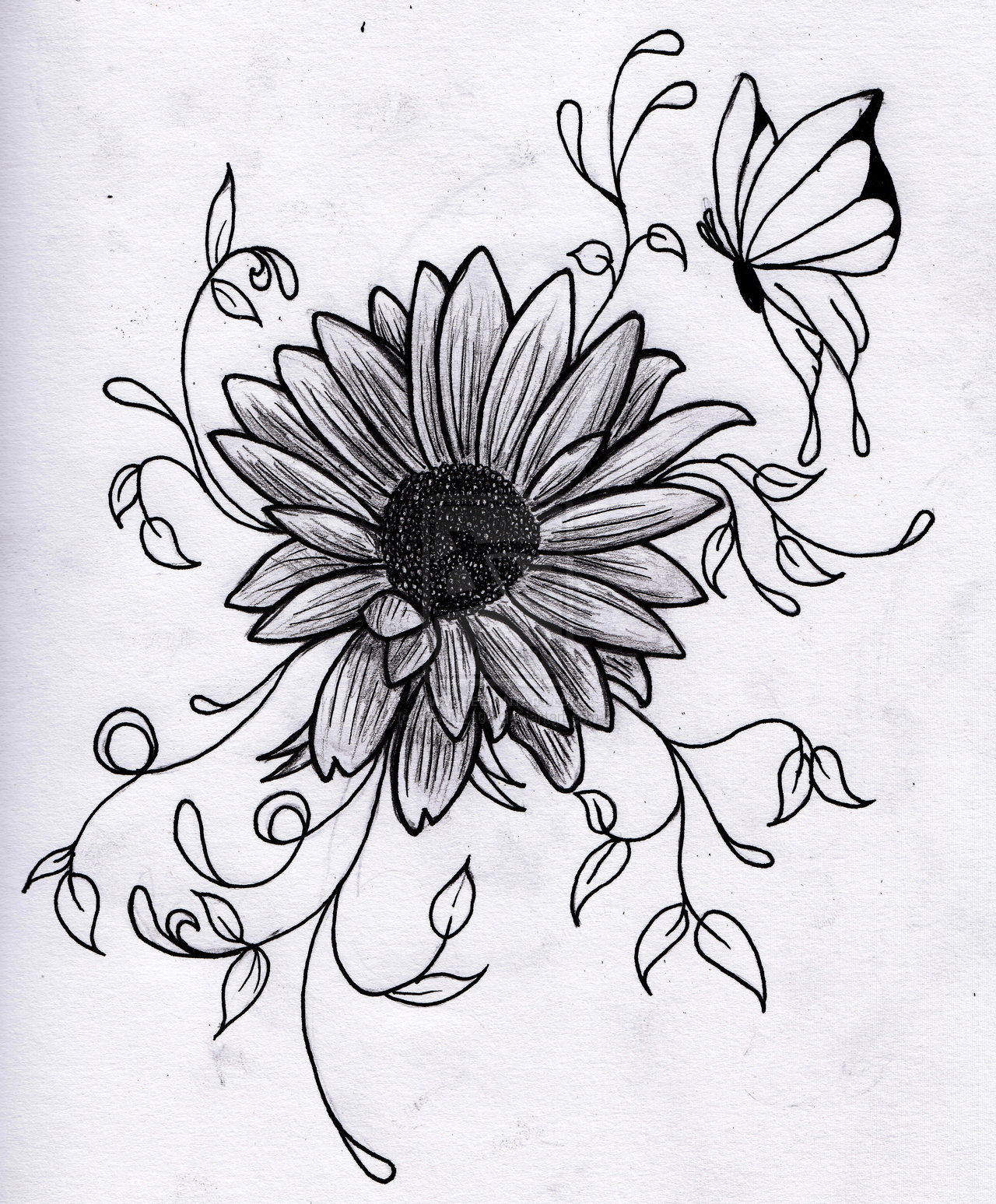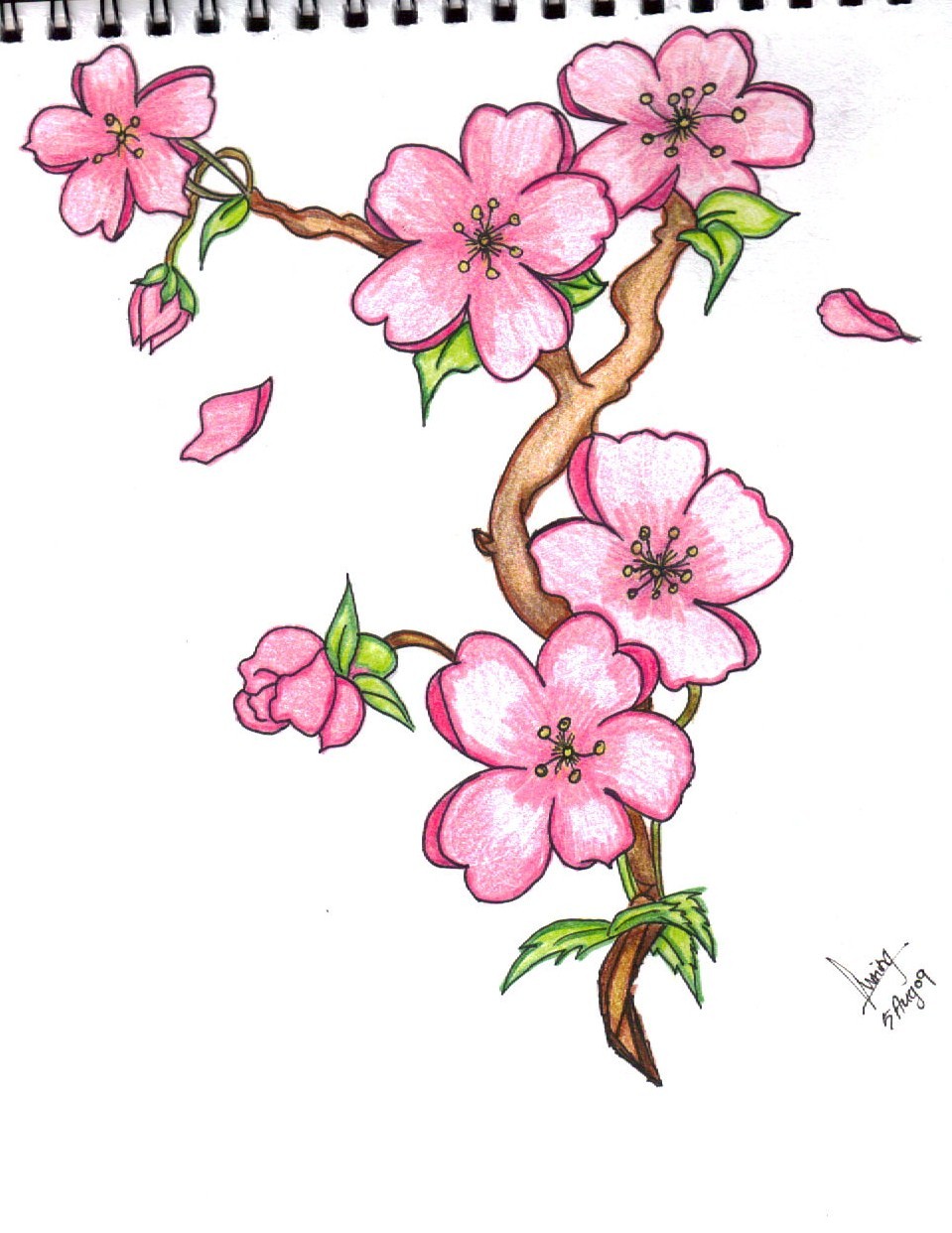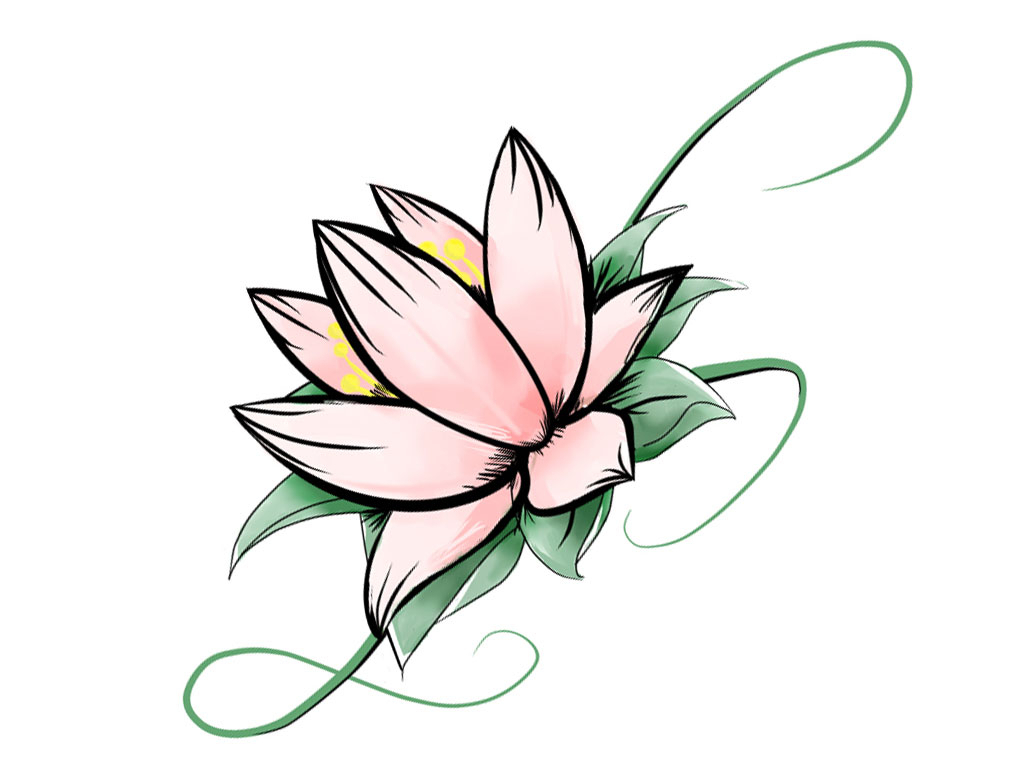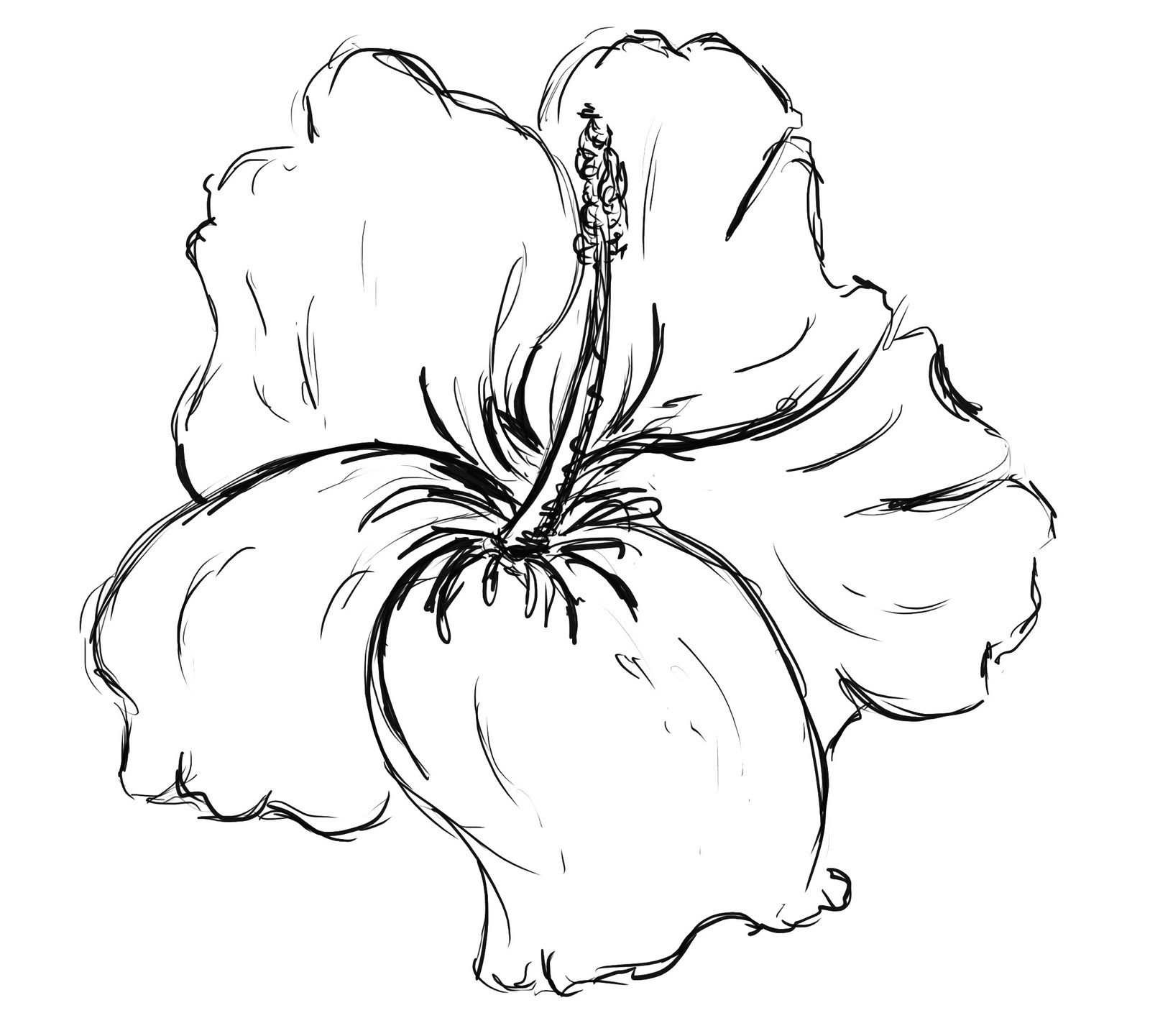
Introduction
Drawing flowers can be a delightful and relaxing activity that allows you to unleash your creativity and appreciate the beauty of nature. Whether you are a seasoned artist or just starting, there are numerous ways to approach drawing flowers. In this article, we will explore various techniques and tips to help you bring your floral creations to life on paper.

Choosing the Right Materials
Before diving into drawing flowers, it's important to gather the right materials. Here are some essential tools you'll need:
- Paper: Select a suitable paper that is smooth and ideal for drawing, such as drawing paper or watercolor paper. - Pencils: Use a range of graphite pencils with different hardness grades to achieve varying shades. - Eraser: Have a good quality eraser handy to correct mistakes or lighten areas. - Colored pencils: If you wish to add vibrant colors to your floral drawings, colored pencils are a great addition.
Observing Flowers
To create realistic and detailed drawings, it's essential to observe flowers closely. Here are some tips to help you get started:

- Study the shape: Pay attention to the overall shape of the flower, the petals, and the arrangement of the blooms. - Notice the details: Observe the texture, patterns, and any unique characteristics of the flower. - Take note of colors: Identify the colors present in the flower and notice any variations or gradients. - Examine the stem and leaves: Don't forget to study the stem and leaves if they are visible in your composition.
Basic Techniques for Drawing Flowers
Now that you have your materials ready and have observed the flowers, let's explore some basic techniques to draw them:

- Contour drawing: Start by outlining the general shape of the flower using light, loose lines. - Shading: Use various shades of graphite pencils to add depth and dimension to your flower. Pay attention to light sources and create highlights and shadows accordingly. - Layering: Build up layers of colors or graphite to create a realistic effect. Start with lighter shades and gradually add darker tones. - Blending: Use a blending tool or your finger to blend and soften lines, creating a smoother look. - Textures: Experiment with different techniques to mimic the textures found in flowers, such as stippling, cross-hatching, or using small circular strokes.
Drawing Different Types of Flowers
There is a vast variety of flowers you can choose to draw. Here are a few popular ones along with some tips for each:

- Roses: Begin by sketching the basic shape of the rose, then add layers of petals, paying attention to their overlapping arrangement. - Sunflowers: Start by drawing the large central disc, then add layers of petals around it. Pay attention to the distinct shape and texture of the petals. - Daisies: Begin by outlining the circular shape of the flower, then add the petals and stem. Add details such as the center disc and texture on the petals. - Tulips: Begin by drawing the general shape of the tulip, then add the distinctive cup-shaped petals. Pay attention to the curve and tapering of the petals. - Orchids: Start by sketching the basic shape of the orchid, then add details such as the irregularly shaped petals and the column in the center.
Adding Colors to Your Drawings
While black and white drawings can be stunning, adding colors can bring your floral creations to life. Consider these tips when adding colors to your flower drawings:

- Color theory: Familiarize yourself with color theory concepts such as complementary colors, analogous colors, and color harmonies to create visually appealing artwork. - Experiment with mediums: Use colored pencils, watercolors, or other mediums to add vibrant hues to your drawings. Practice blending and layering to achieve desired effects. - Reference photos: Refer to photographs or real flowers for accurate color representation. Don't be afraid to add your own creative touch and play with color combinations.
Exploring Different Styles
Drawing flowers allows for artistic freedom, and you can explore various styles to create unique and captivating artwork. Here are a few styles you can experiment with:

- Realism: Aim to create highly detailed and lifelike representations of flowers, paying close attention to proportions, textures, and colors. - Impressionism: Emphasize brushstrokes and use vibrant, bold colors to capture the essence of the flowers rather than focusing on intricate details. - Minimalism: Simplify the flower's form by using clean lines and minimal colors, focusing on the essential elements. - Abstract: Let your imagination run wild and experiment with unconventional shapes, colors, and textures to create unique interpretations of flowers.
Conclusion
Drawing flowers can be a fulfilling and relaxing artistic endeavor. By observing flowers closely, using the right materials, and employing various techniques, you can create stunning floral artwork. Don't be afraid to experiment with different styles and colors to unleash your creativity. So, grab your pencils and let the beauty of flowers inspire your next drawing masterpiece!